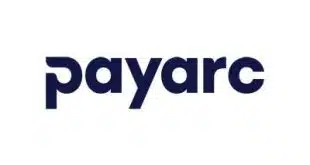Nobody knows for sure, but some time this year Amazon.com Inc. could unleash a double-barreled assault on the world of physical-store payments. As our cover story this month lays out, the Seattle colossus has already introduced Amazon Pay Places, a mobile order-ahead application for Amazon Pay, and is working to expand it.
Beyond that, it’s perfecting its Alexa voice-based commerce technology, which can allow users to interact with restaurants and other stores. Last November, that technology was opened up to outside developers, who can integrate Amazon Pay capability.
But Amazon is far from alone in this ambition. As our story in this issue, “PayPal Reimagines the Point of Sale,” makes clear, PayPal Holdings Inc. entertains similar aspirations, even if it’s pursuing them in a different way.
Over the past two years, PayPal has patiently built alliances, starting with the major card networks and now with some of the nation’s biggest financial institutions, that give it the keys it needs to unlock physical-world payments. Already, PayPal has started pushing its Venmo person-to-person payment app to the point of sale, allowing users to pay at the cash register in the same way they pay other people.
This is not a new strategy for PayPal. Several years ago, it made a run at POS payments through a plastic card and a deal with the Discover Network, which agreed to route the transactions. That effort faded, and now version 2.0 is emerging.
Why this ambition to get physical? There are any number of possible explanations, including user demand and the never-ending hunt for revenue growth. Venmo, for example, can charge merchant fees for acceptance, giving it a revenue base it doesn’t have with its free P2P service.
But the more basic explanation is that physical stores are still, even after all these years of e-commerce, where the bulk of transactions are. Forrester Research estimates online sales command a 12.7% share of overall retail sales volume. The firm predicts that share will grow to 17% by 2022. Simple math tells you that, even four years from now, physical-world stores will still control 83% of retailing.
To be sure, online sales are growing much faster—five times faster, according to Forrester. But can payments firms afford to ignore that huge pool of POS transactions, many of which are still consummated on checks and cash, or with little if any feedback to merchants in the form of customer data or to customers in the form of rewards?
Not likely. Which is why two huge e-commerce players are making their play for the POS. We won’t pretend to compute their chances of success. The marketplace will do that, no doubt swiftly.




